Story Structure Worksheets
Many stories have a plot structure that we can graph. It looks like a triangle. A conflict is introduced, tension rises, a major change occurs. This major change is called the climax. After the climax the tension falls. The protagonist, or main character, may face a final moment of suspense. Then the story is resolved.
This page features a bunch of little stories that I wrote to help teach students story structure. These are concise little tales that can be read in a few minutes and easily graphed on the story structure triangle. They will give students the ground work to understand how story structure affects momentum and mood. Plot structure can be more complicated than a simple triangle, but these stories are simple. I hope that these free story structure worksheets will help students learn to identify narrative structure.
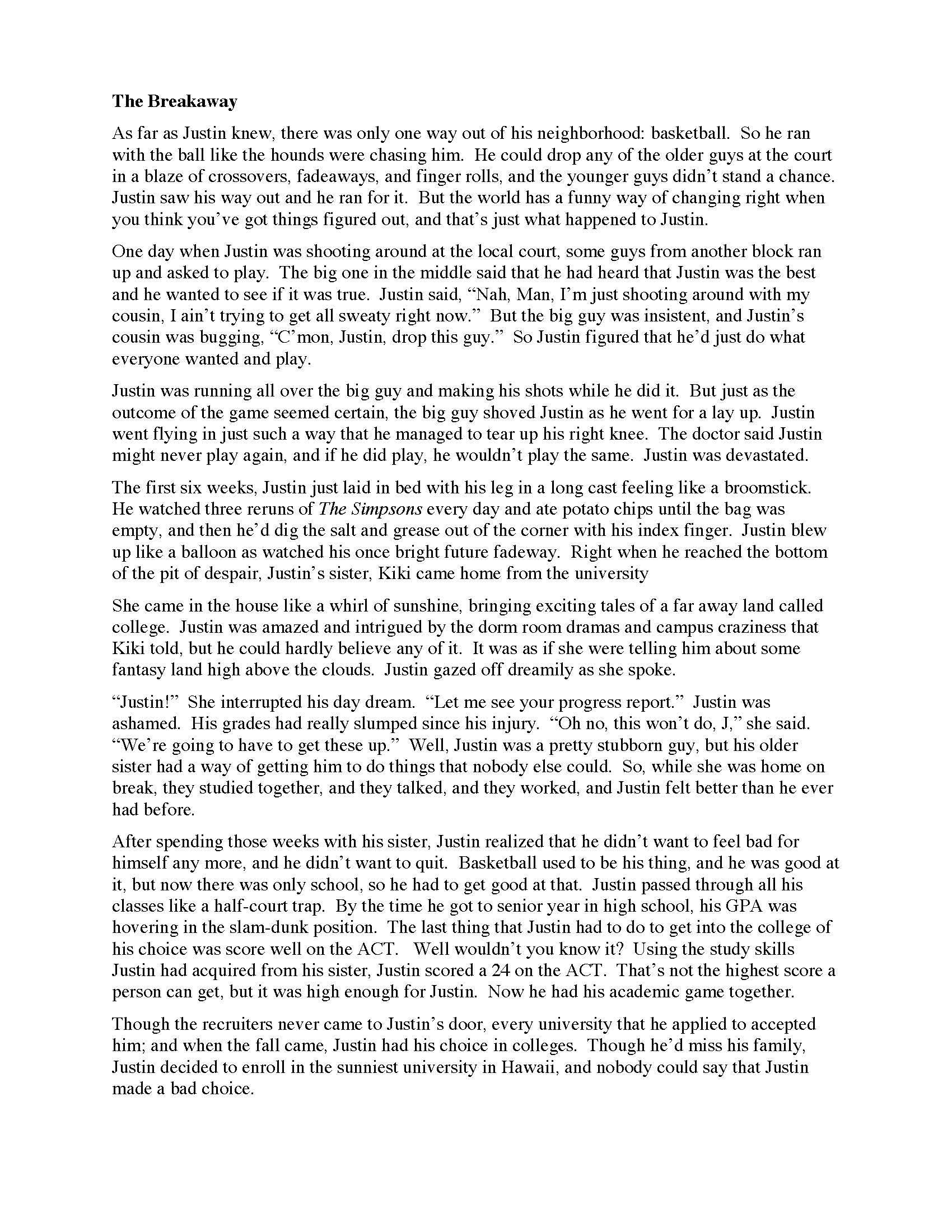
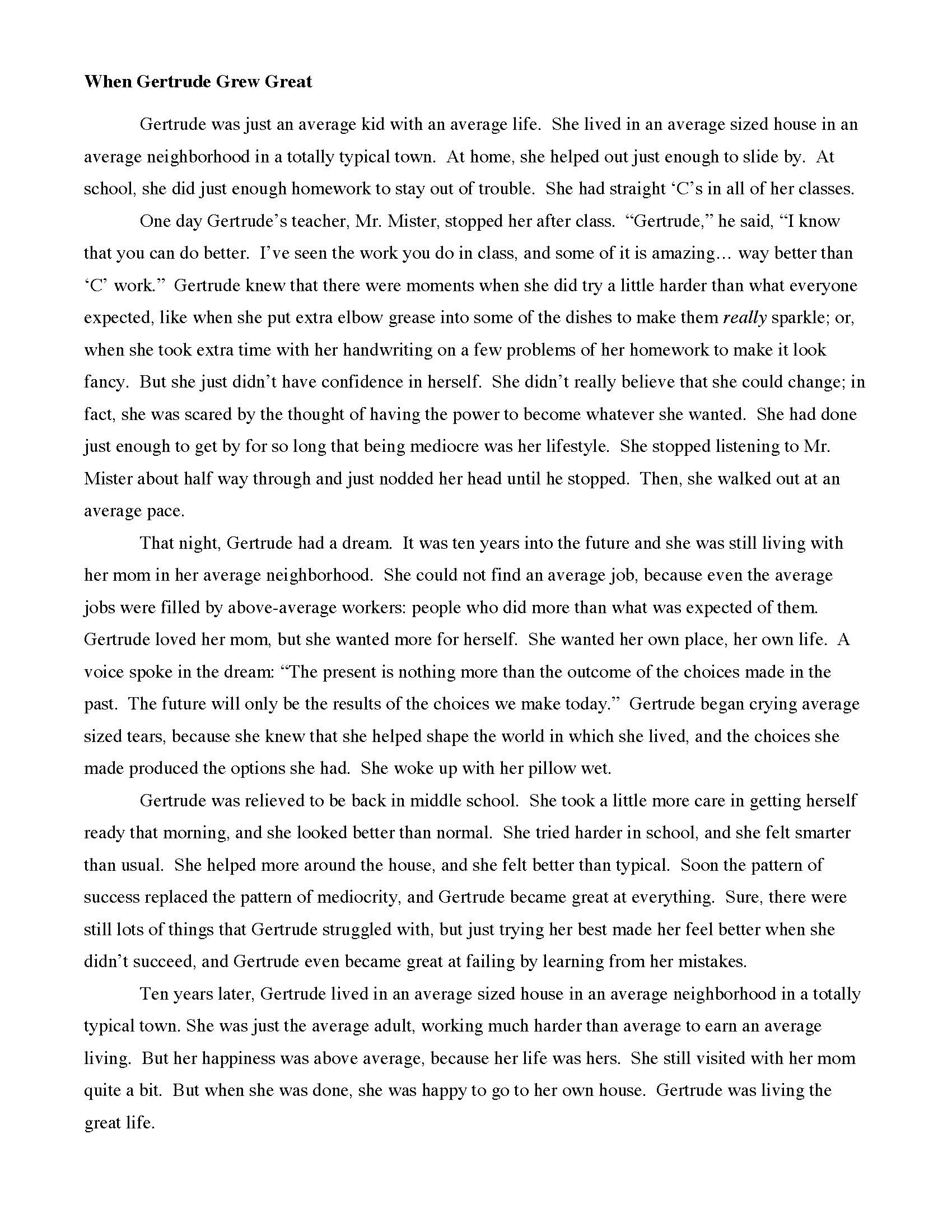
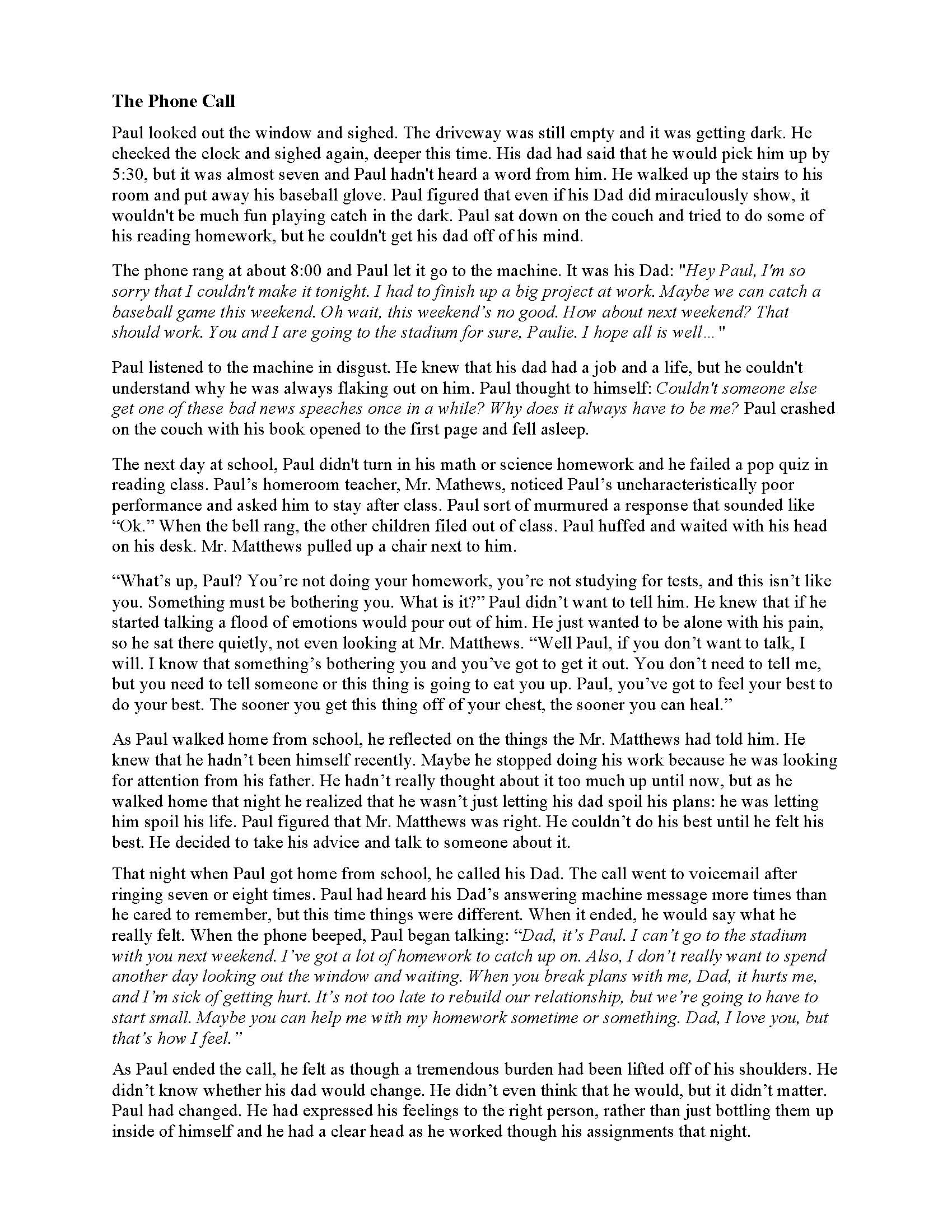
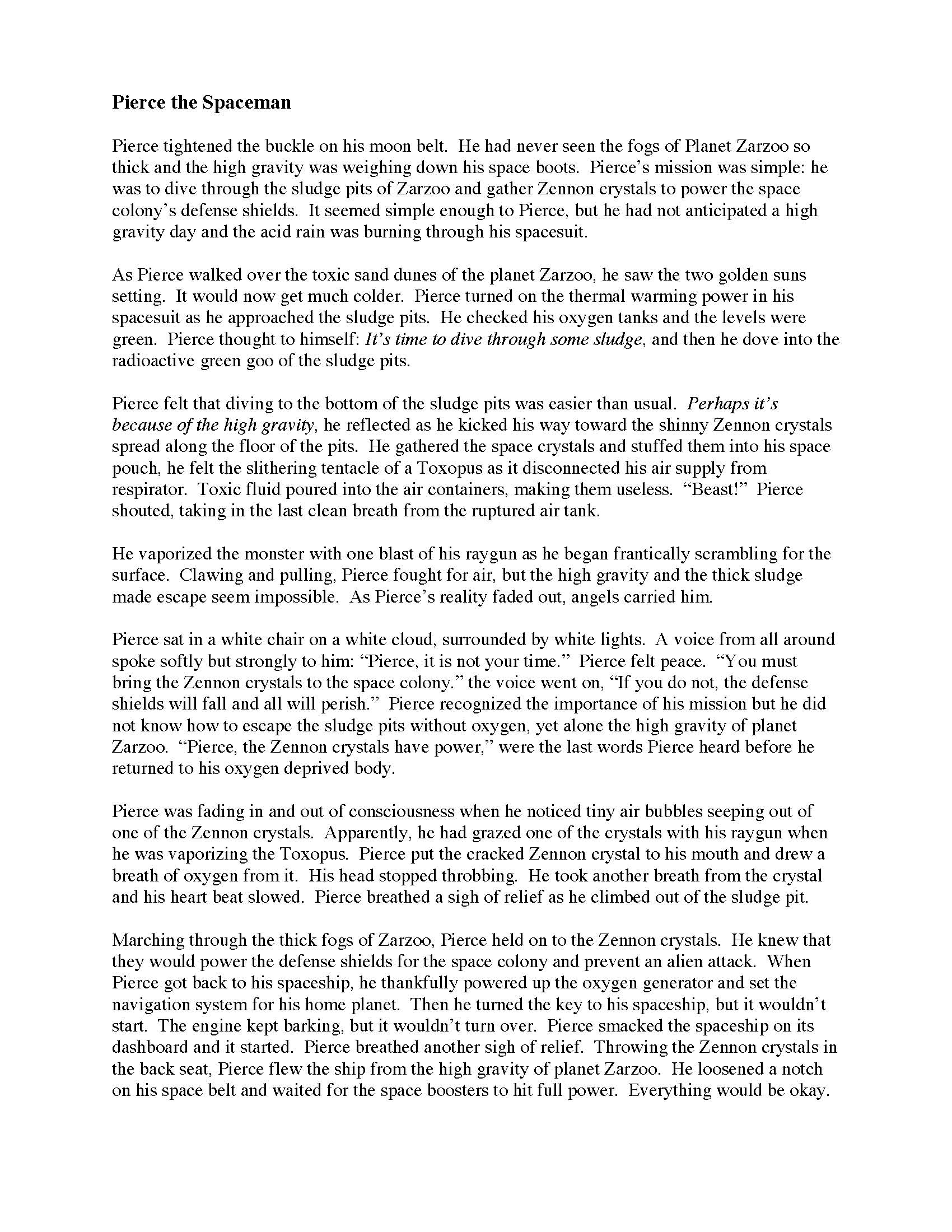
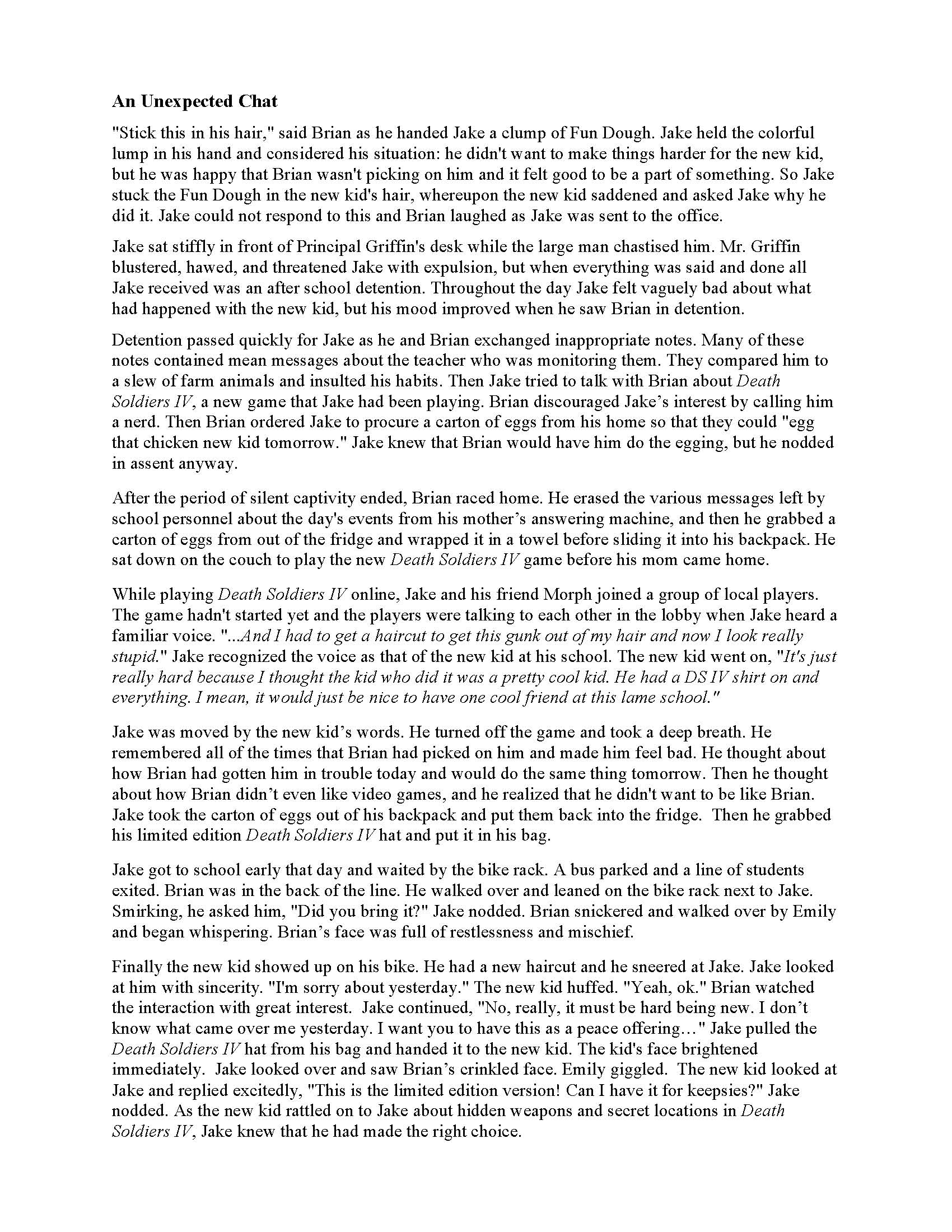
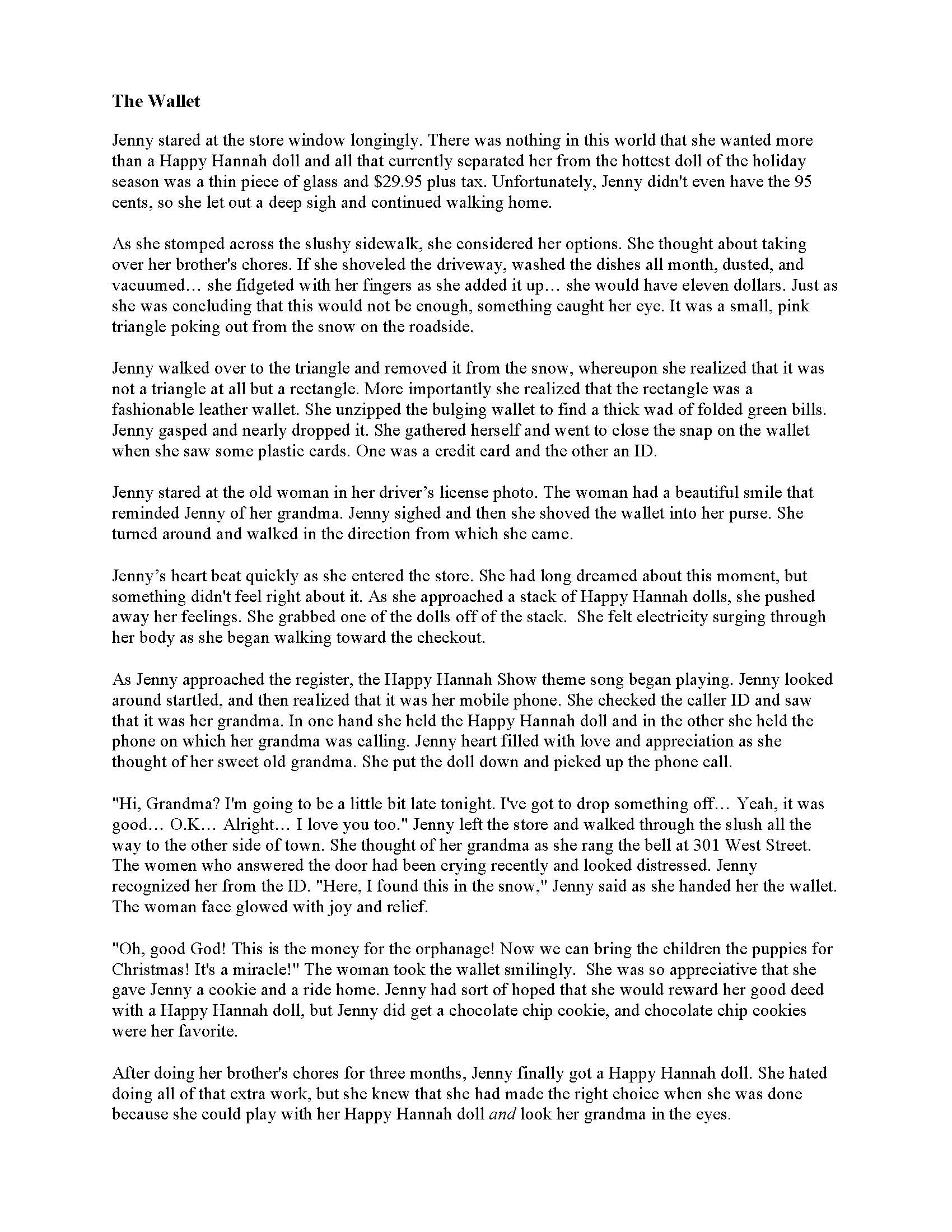
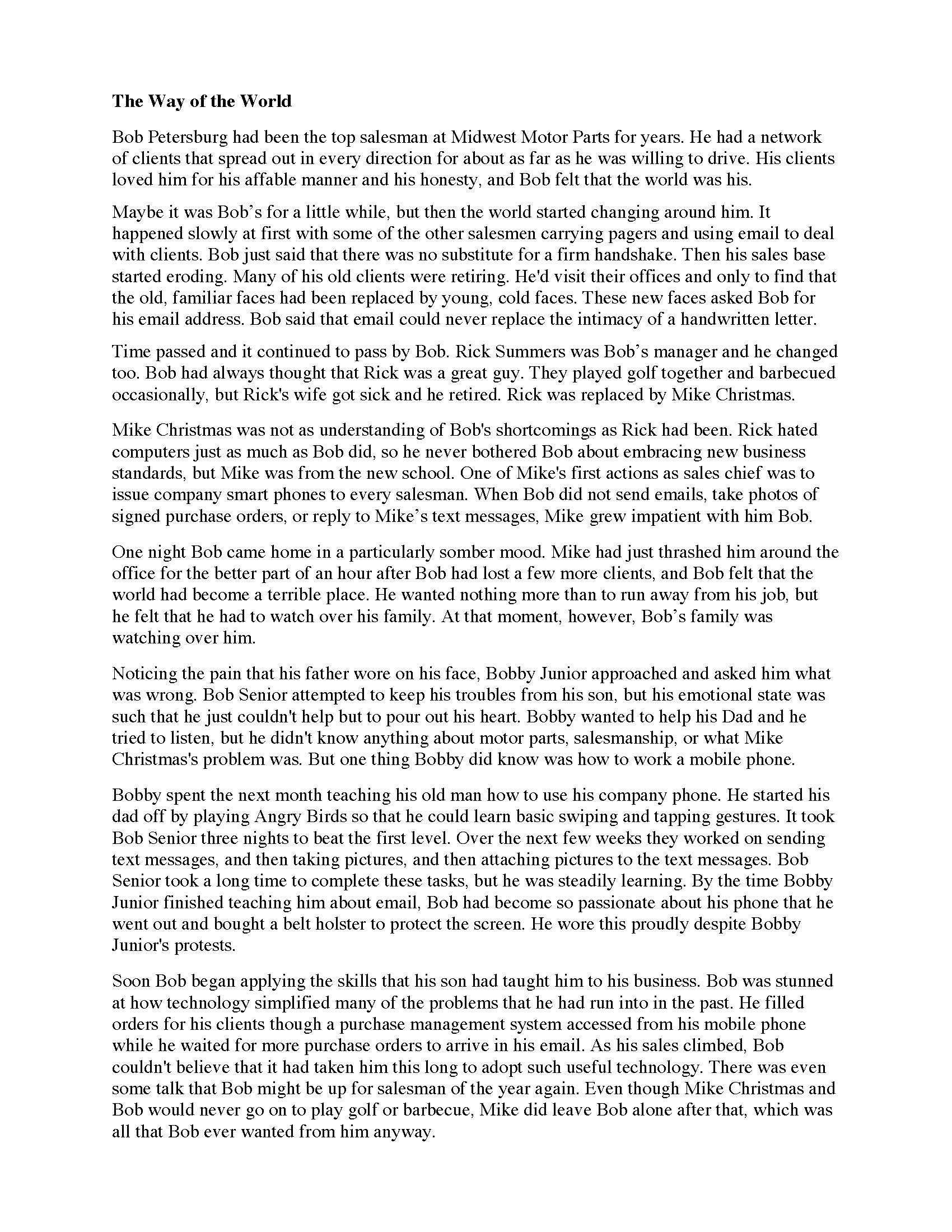
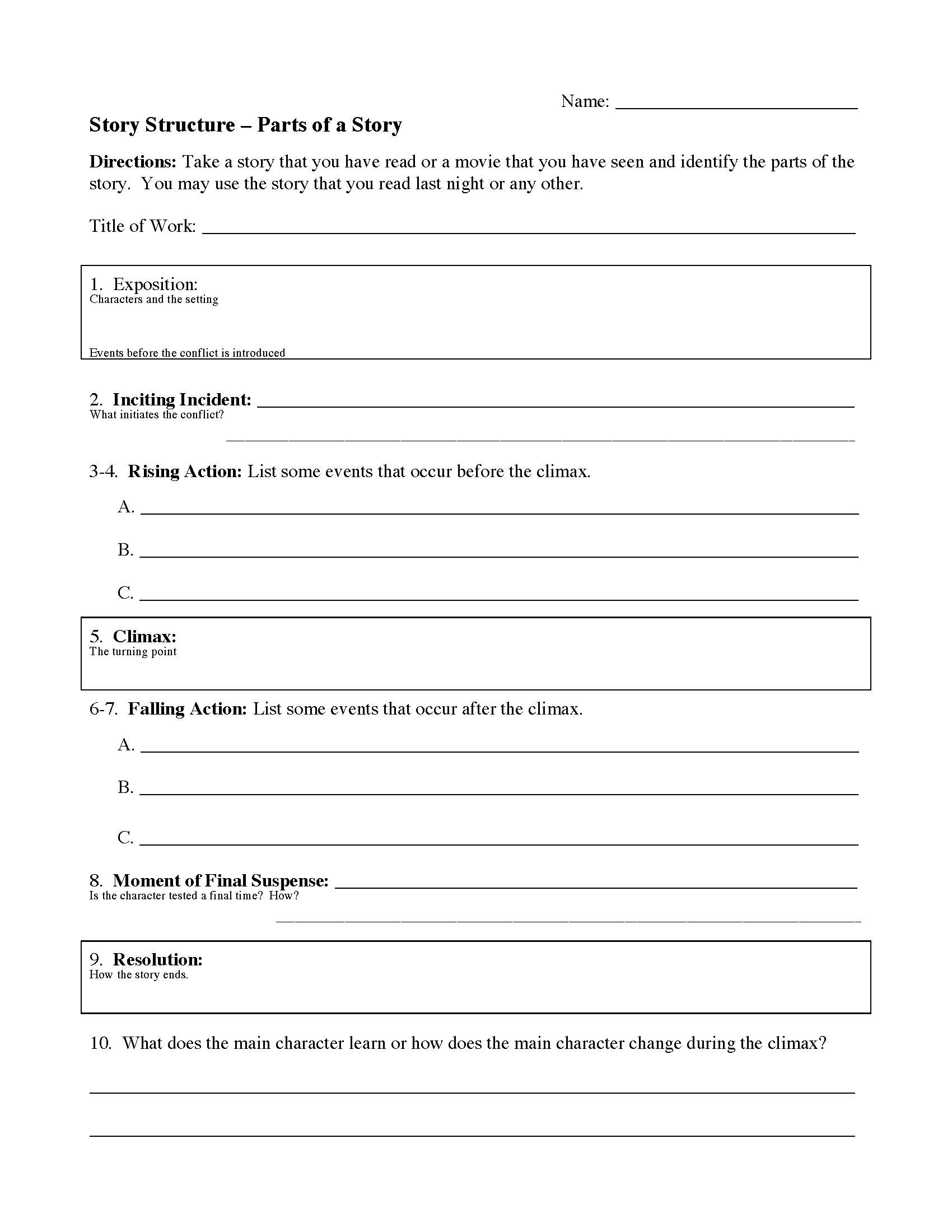
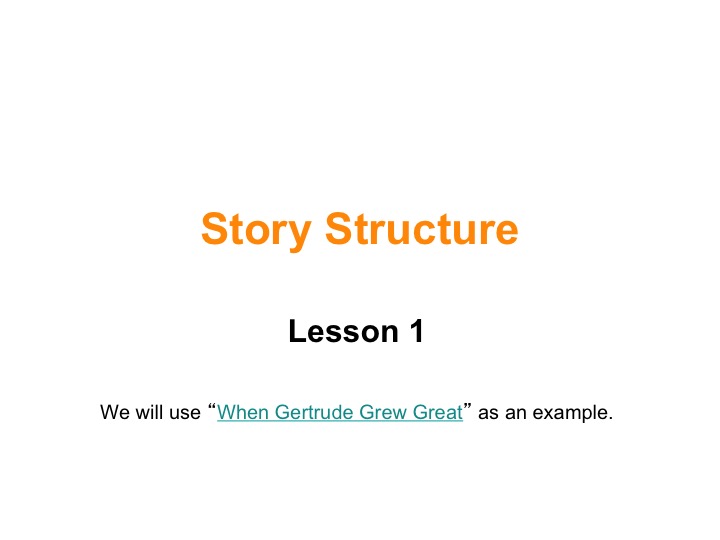

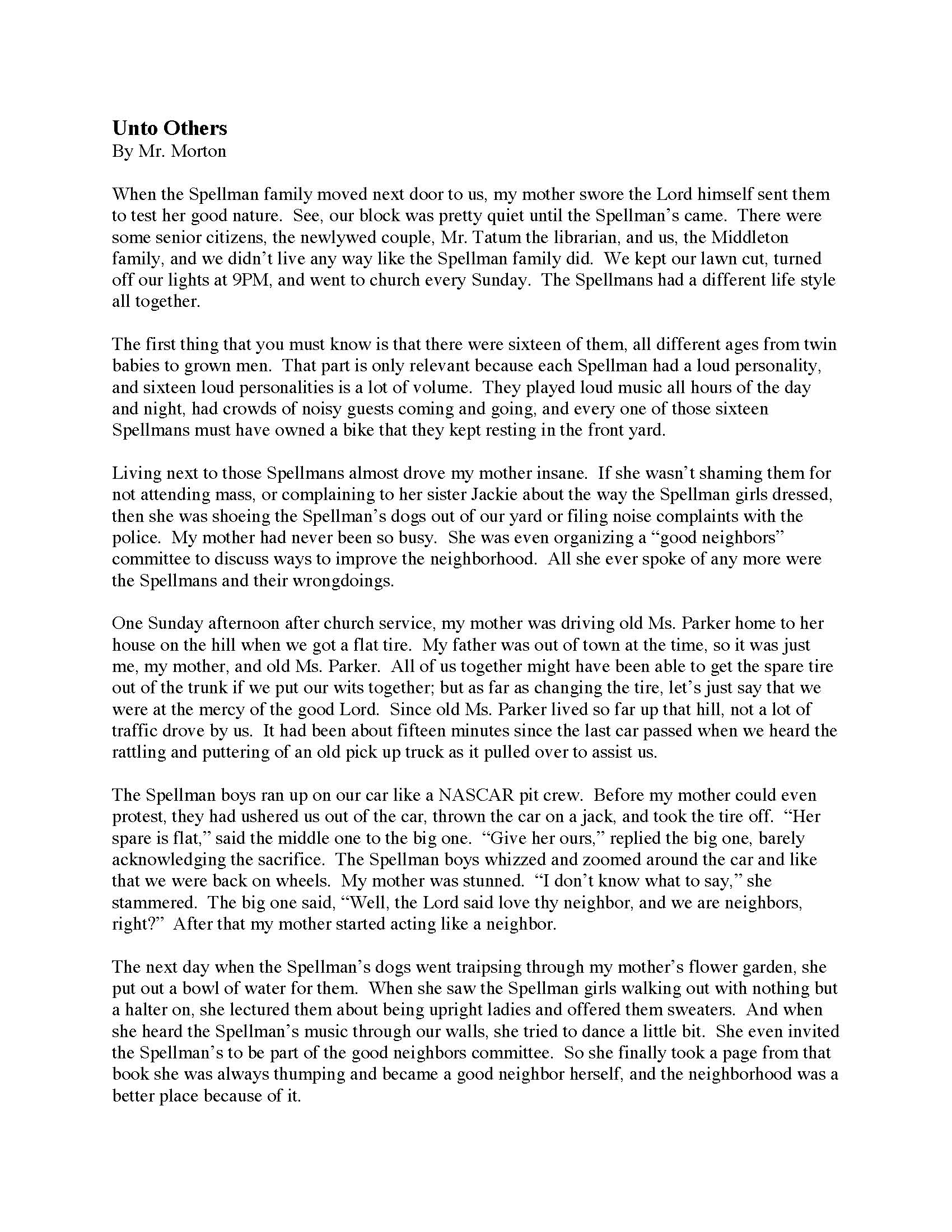
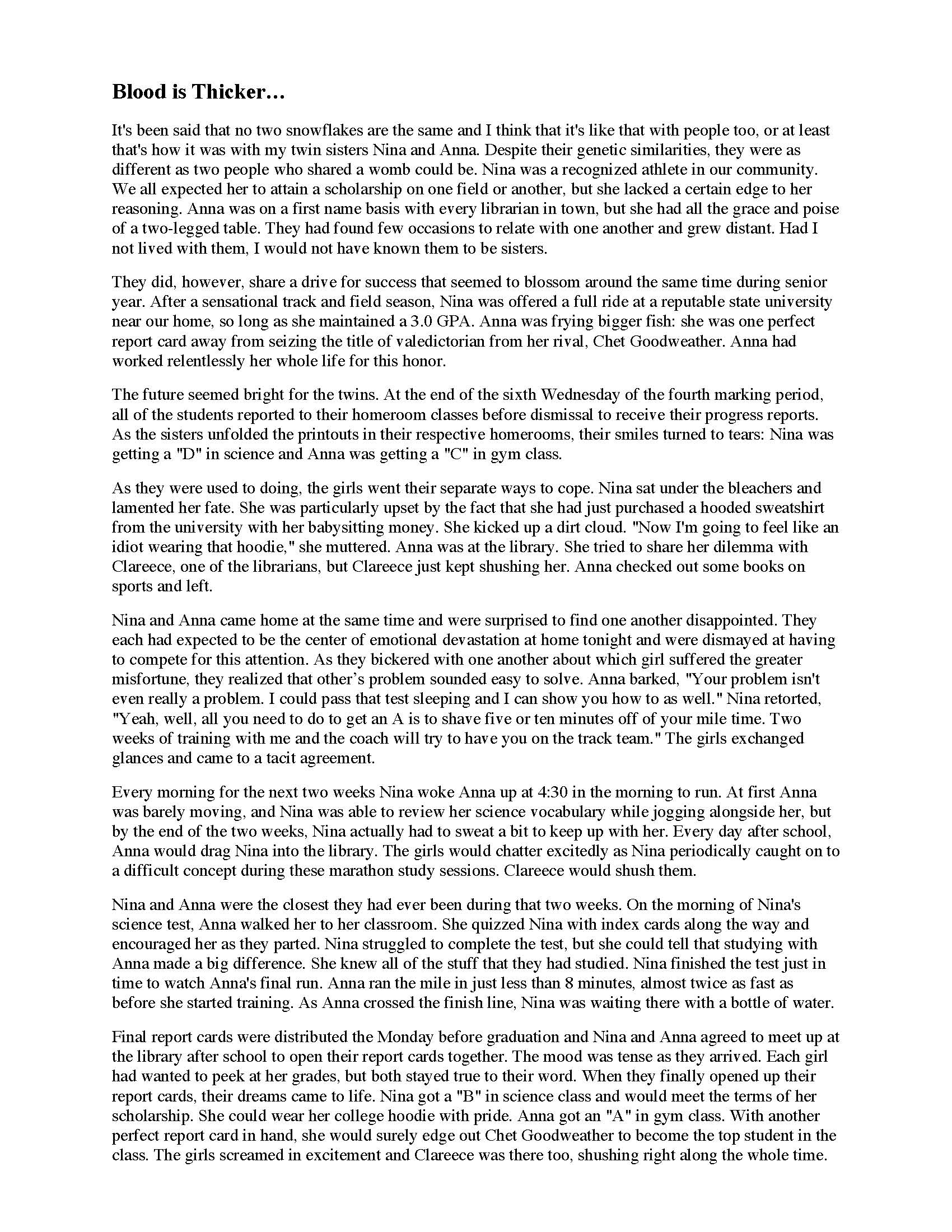
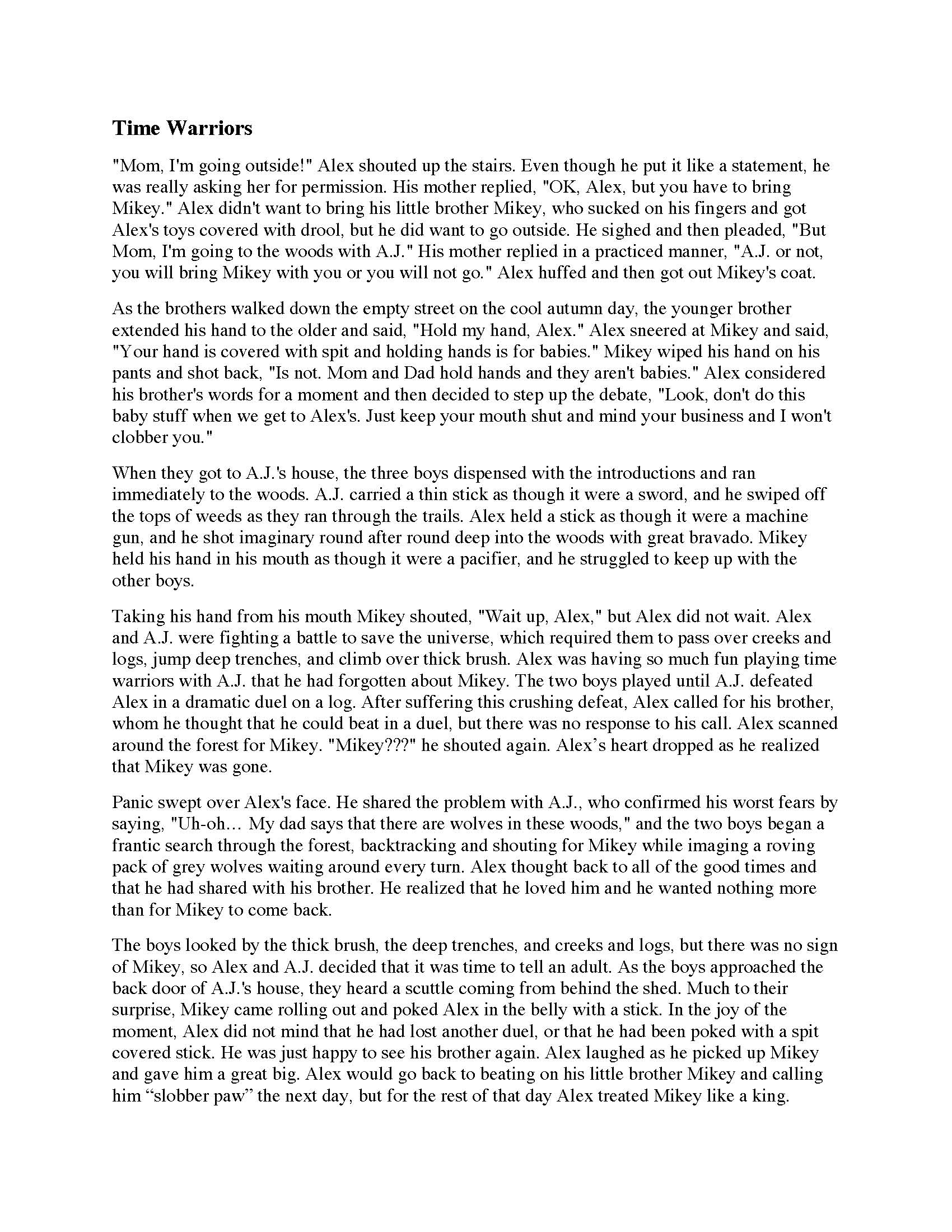

That's not quite what I meant when I said story structure...
Story Structure
Common Core State Standards
RL.2.5 - Describe the overall structure of a story, including describing how the beginning introduces the story and the ending concludes the action.
RL.3.5 - Refer to parts of stories, dramas, and poems when writing or speaking about a text, using terms such as chapter, scene, and stanza; describe how each successive part builds on earlier sections.
RL.4.5 - Explain major differences between poems, drama, and prose, and refer to the structural elements of poems (e.g., verse, rhythm, meter) and drama (e.g., casts of characters, settings, descriptions, dialogue, stage directions) when writing or speaking about a text.
RL.5.5 - Explain how a series of chapters, scenes, or stanzas fits together to provide the overall structure of a particular story, drama, or poem.
RL.6.5 - Analyze how a particular sentence, chapter, scene, or stanza fits into the overall structure of a text and contributes to the development of the theme, setting, or plot.
RL.7.5 - Analyze how a drama’s or poem’s form or structure (e.g., soliloquy, sonnet) contributes to its meaning.
RL.8.5 - Compare and contrast the structure of two or more texts and analyze how the differing structure of each text contributes to its meaning and style.
RL.9-10.5 - Analyze how an author’s choices concerning how to structure a text, order events within it (e.g., parallel plots), and manipulate time (e.g., pacing, flashbacks) create such effects as mystery, tension, or surprise.
RL.11-12.5 - Analyze how an author’s choices concerning how to structure specific parts of a text (e.g., the choice of where to begin or end a story, the choice to provide a comedic or tragic resolution) contribute to its overall structure and meaning as well as its aesthetic impact.
Search here.
169 Comments
Leave a Reply
- Author's Purpose Worksheets
- Characterization Worksheets
- Conflict Worksheets
- Fact and Opinion Worksheets
- Figurative Language Activities
- Figurative Language Poems with Questions
- Genre Activities
- Irony Worksheets
- Making Predictions
- Mood Worksheets
- Nonfiction Passages and Functional Texts
- Parts of Speech Worksheets
- Poetic Devices
- Point of View Worksheets
- School Project Ideas
- Setting Worksheets
- Simile and Metaphor Worksheets
- Story Structure Worksheets
- Text Structure Worksheets
- Theme Worksheets
- Tone Worksheets
- ALL PAGES AND WORKSHEETS




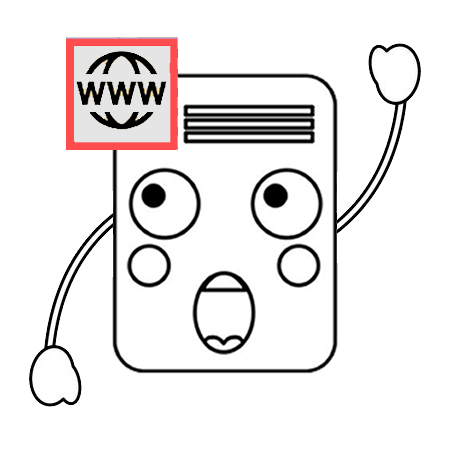
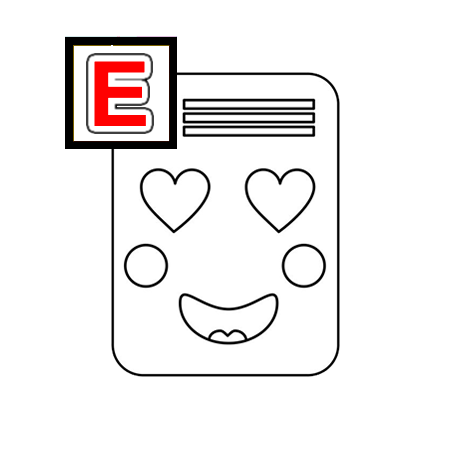
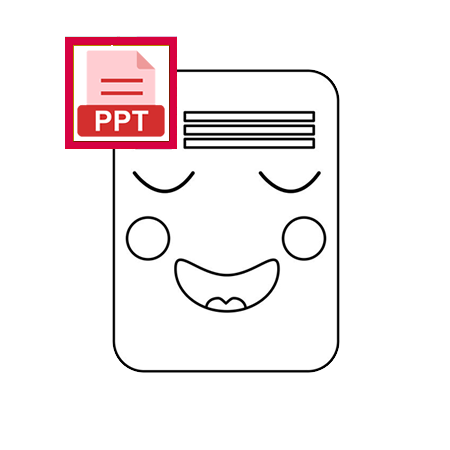
MUNA
/ December 12, 2022I really appreciate your hard work, Thank you.
Jo lily
/ August 23, 2022Dear Mr.Morton,
Thank you so much Mr. Morton because your worksheet help me a lot to teach my student.I really appreciate your hardworking.Thanks.
Talbot
/ August 16, 2022These worksheets are a wonder for my high school filmmaking class! Learning story structure is so vital to crafting the next generation of filmmakers. Thank you for these!
Unknown
/ July 21, 2022Bro im getting a 98 percent cause of this website in English
Indra Thomas
/ May 9, 2022Thank you so much for these worksheets. Very helpful
Regards
Indra Thomas
Madhu
/ September 3, 2021Dear Mr. Morton,
Thank you so much! Your worksheets helped me a lot.
Best Regards!
Madhu
Nanker
/ September 2, 2021Great homeschool resource. We really appreciate what you have done and offer here. Just a note to mention that the link for the PPT slide for Lesson 1 does not open a PPT but a webpage.
Mr. Morton
/ September 2, 2021Thank you!
I fixed the error.
Diane Priddy
/ April 24, 2021Thank you-just what I was looking for! God Bless
Nie
/ October 16, 2020Dear Mr. Morton,
Thank you so much! Your worksheets helped me a lot. Best Regards!
Kay
/ June 10, 2020you saved my day so many times. Thank you for all you do
Kamaldaye Samlal
/ May 19, 2020I really appreciate the materials that you are offering to teachers. Thank you so much.
Heera Salim
/ September 30, 2019Hi Mr. Morton
Thank you so very much for providing us such wonderful material. These study materials have been such a lot of help. These worksheets have helped me in teaching my students so much better.
Regards
Heera
Rhonda Adams
/ September 11, 2019Great lessons and worksheets. I am using them for my ESL and GED students. Thanks!
Tracy Rockas
/ May 28, 2019Thank you so much for the hard work you put into these worksheets. They make my job as an “at-risk” English teacher so much easier.
ahmed
/ October 31, 2018can you add more story structures sheets
Mr. Morton
/ November 2, 2018Have you seen these story structure activities? They are similar to the ones on this page.
Amrita Jain
/ October 6, 2018Dear Morton
Your worksheets are perfect instruments to achieve the most essential, crucial and vast reading skills. Being teacher I cant thank you enough for the way it eases and enhances my teaching objectives, outcomes and overall journey.
Mr. Morton
/ October 8, 2018That’s really nice of you to say. I’m going to keep working on stuff. Thank you for visiting and taking the time to comment. I appreciate it.
Lanniece L Lewis
/ October 1, 2018Your worksheets worked perfectly for demonstration and practice in our 7th grade classroom. Thanks so much!
Mrs. Lewis
Mr. Morton
/ October 2, 2018I’m so happy to hear it. Thank you for taking the time to comment.
Nicole
/ September 4, 2018This website is amazing. Thank you for your help.
Lembani Kokai
/ July 22, 2018Great!
Shannon HP
/ March 21, 2018Thank you so much for the wonderful resources! I have made “exit tickets” for each of the grammar games you have created so my student can show mastery. They provide a high interest activity for subjects that the kids wouldn’t normally be interested in learning. The worksheets are excellent for practicing and for introducing topics in small groups!!
Suzanne
/ March 18, 2018I think these worksheets are such a good resource for struggling and good reading. The stories are very captivating and such a good teaching tool. Please keep doing this. Its such a gift.
Suzanne carlson
Sheldon Wright
/ March 6, 2018Really appreciate the content, thanks for your work. It is really helpful. All the success.
Christie Harp
/ January 17, 2018Thank you does not begin to cover the gratitude I have for these free resources. I’m using them for multiple grades and for intervention groups. THANK YOU!
Suhair AbuZaid
/ September 27, 2017Dear Sir,
I really appreciate your generous approach in supplying us – teachers of English- with such worthwhile worksheets that made our teaching mission easy and facilitated our search for various language skills activities.
Regards,
Suhair Abu Zaid